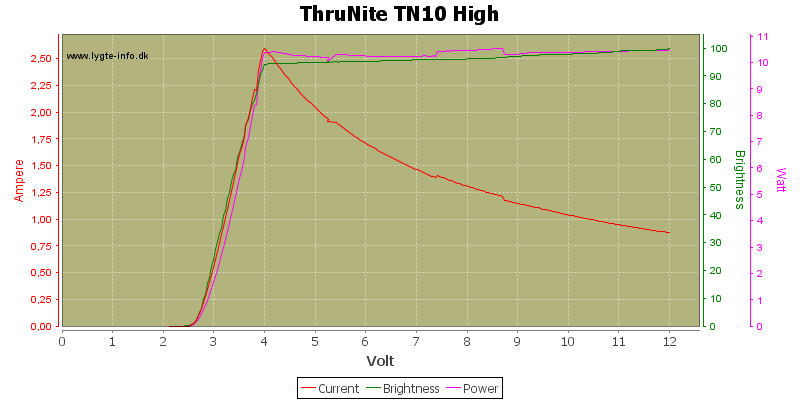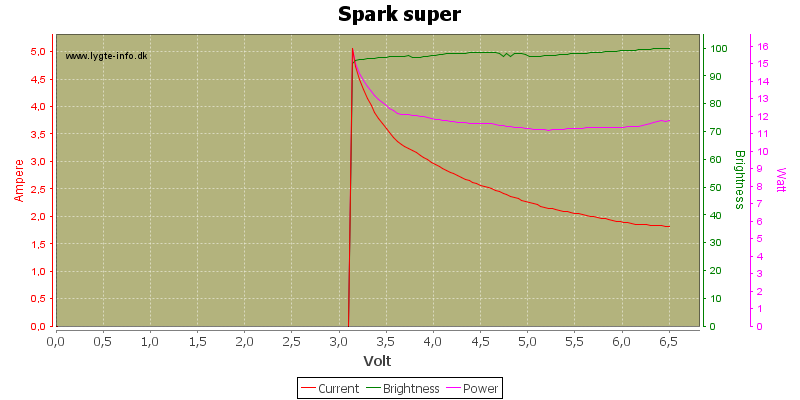Hi, need some help getting to understand the different pro and cons in using certain battery combination.
Lets say i am using a 2 cell light setup, how will runtime/brightness/depleting behavior differ in these setup:
a. 2x CR123 primaries (3v, ??)
b. 2x RCR123 (3.7v, 750mAh)
c. 1x 18650 (3.7v, 2900mAh)
also, does higher voltage in serial set up result in higher light output in a regulated drive led?
maybe someone kind enough to put all these volatge/mAh/output thing in a bigger picture?
Thanks.
Lets say i am using a 2 cell light setup, how will runtime/brightness/depleting behavior differ in these setup:
a. 2x CR123 primaries (3v, ??)
b. 2x RCR123 (3.7v, 750mAh)
c. 1x 18650 (3.7v, 2900mAh)
also, does higher voltage in serial set up result in higher light output in a regulated drive led?
maybe someone kind enough to put all these volatge/mAh/output thing in a bigger picture?
Thanks.



